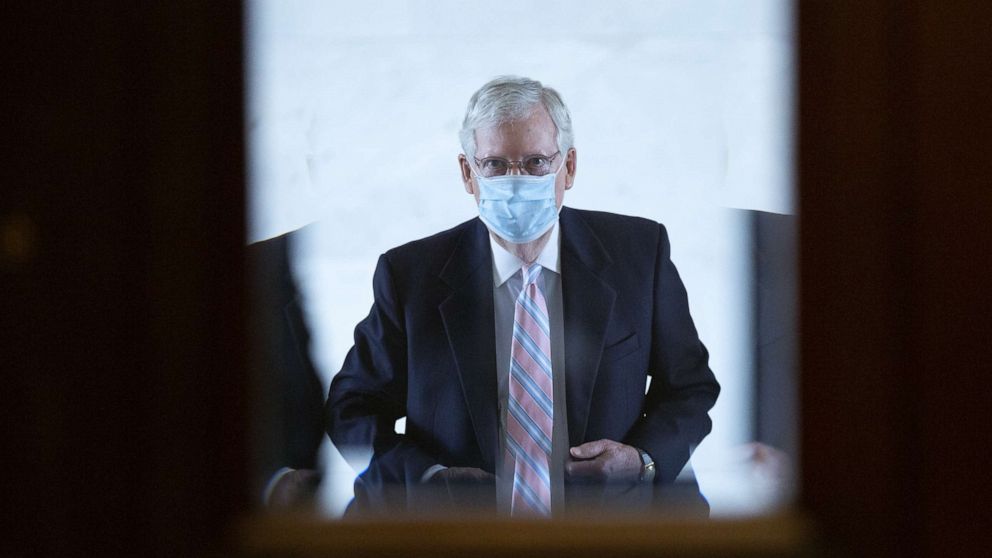[ad_1]
Like their residents, state and local governments are finding themselves cash-strapped as they contend with the novel coronavirus pandemic. Whether to provide them with more assistance is a key point of contention as negotiators on Capitol Hill work to broker a deal on the next relief package.
Where they land could have a major impact on whether millions of people keep their jobs and stay in their homes.
States rely heavily on personal income and general sales taxes, and both are expected to decline drastically through the end of the next fiscal year. By that point, the total tax revenue shortfall for all 50 states will add up to an estimated $200 billion, according to an analysis by the Tax Policy Center.
House Democrats passed legislation in May calling for $915 billion in flexible aid for state and local governments that can be spent for a wide range of purposes, including to backfill revenue losses. But Republicans have balked at running up the bill.
“Democrats are primarily interested in a $1 trillion bailout of the poorly run states,” President Donald Trump said at a press briefing on Wednesday. “We’re not going to go along with that.”
Democrats have argued the president is abandoning people who need the money.
“My Republican colleagues refuse to acknowledge that state, local, tribal governments who the Trump administration abandoned in the early days of this crisis for ideological reasons might need federal support to prevent teachers and firefighters and bus drivers from being laid off,” Senate Minority Leader Chuck Schumer, D-N.Y. said Thursday. “Over a million have already been laid off and the number — from all they tell us — will greatly increase.”
Communities across the country are still grappling with the virus. Signed into law in March, the CARES Act allocated $150 billion to state and local governments to address the health and economic toll of the pandemic; now, that money is running out.
Some recipients used part of that aid to implement rent relief programs aimed at staving off a wave of evictions, but quickly found that demand outpaced supply. For example, Los Angeles opened a one-week application window for its assistance program. The city had enough funding to offer one month of assistance to 50,000 people, but over 100,000 people applied the first day.
While the funding dries up, the need persists. A U.S. Census Bureau survey in early July found that a quarter of Americans either missed last month’s rent or mortgage payment or have little to no confidence that they can pay next month’s rent or mortgage on time. As many as 23 million renters will be at risk of eviction by the end of September, according an Aspen Institute projection.
State and local governments are also major employers, and, like many businesses, they’ve been forced to make layoffs — at least 1.5 million so far, according to data from the Labor Department. And that number is expected to tick upward. According to the Brookings Institute, past recessions and surveys suggest this is just the first round deep budget and job cuts in the government will likely grow in the next few months.
Some major cities also missed out entirely on receiving direct aid from the CARES Act, which sets the population minimum at 500,000. Miami — with a population of about 470,000 — just missed the cut.
The city’s Republican mayor, Francis Suarez, said federal dollars for the city would make a world of difference.
“It would allow us to feed people in our community. It would allow us to provide help to small businesses. It would allow us to help with rent and mortgage relief which is so desperately needed,” Suarez said Thursday during an event at the Aspen Security Forum. “My message to legislators is we need action immediately.”
[ad_2]
Source link

